Home>Garden Essentials>How To Vertical Garden Zucchini
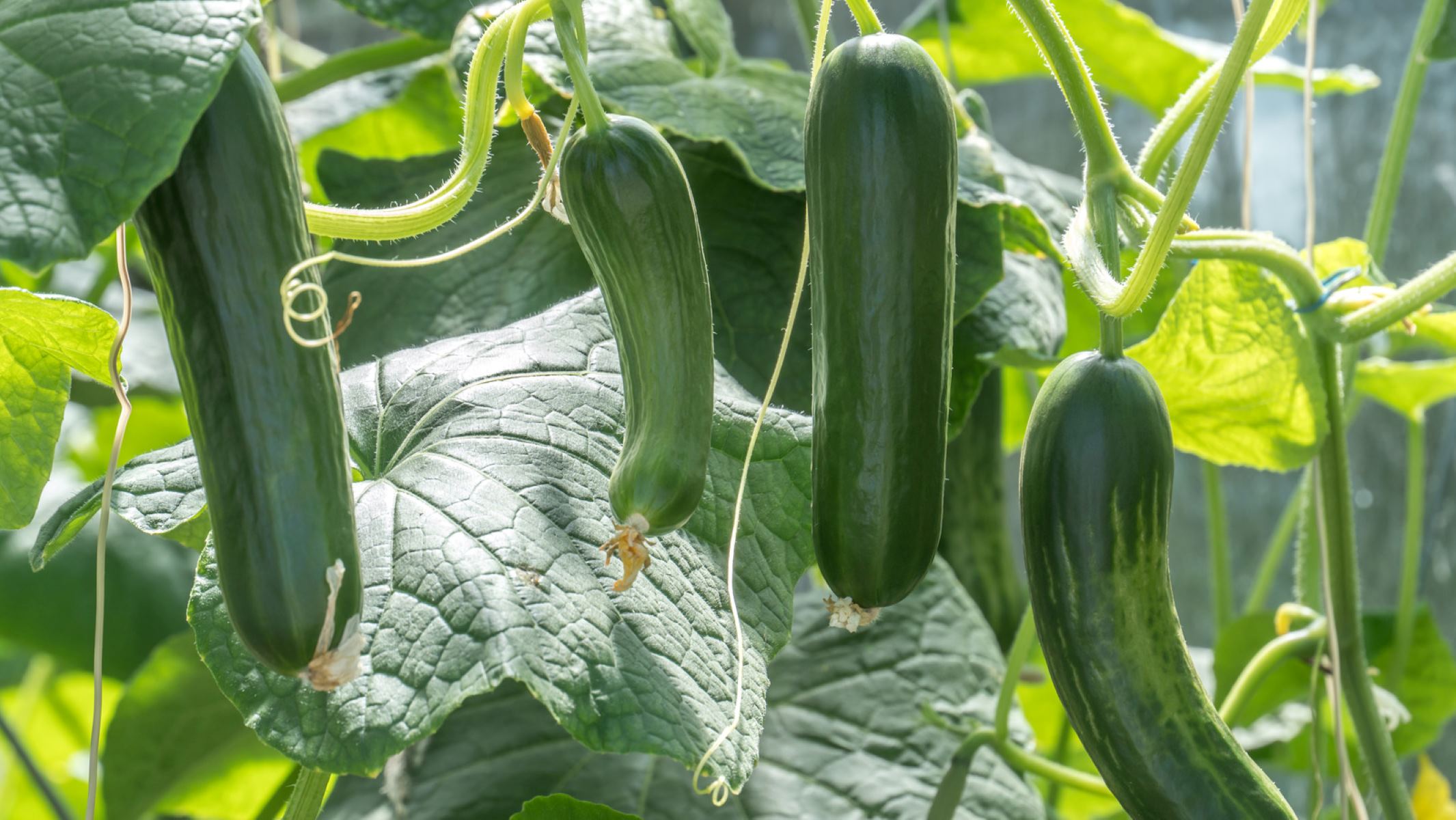

Garden Essentials
How To Vertical Garden Zucchini
Modified: March 16, 2024
Learn how to create a stunning vertical garden for zucchini and maximize your garden space with our expert gardening tips. Start your garden journey today!
(Many of the links in this article redirect to a specific reviewed product. Your purchase of these products through affiliate links helps to generate commission for Storables.com, at no extra cost. Learn more)
Introduction
Welcome to the fascinating world of vertical gardening! If you’re a green thumb enthusiast who loves zucchini, you’re in luck. In this article, we will explore how to create a vertical garden specifically tailored for growing zucchini. Vertical gardening is a fantastic way to maximize space, especially in urban environments where land is limited. Not only does it allow you to grow more plants in a smaller area, but it also adds an aesthetic charm to any outdoor space.
Zucchini is a versatile and delicious vegetable that can be used in a variety of dishes, from stir-fries to pasta and even grilling. By growing your own zucchini, you can ensure that you have a fresh and abundant supply throughout the growing season. Vertical gardening offers a unique opportunity to cultivate zucchini in a vertical space, such as a trellis, wall, or even a balcony railing. This not only saves space but also helps keep your zucchini plants upright, providing better air circulation and reducing the risk of disease.
Before we delve into the specifics of vertical gardening for zucchini, it’s important to mention the importance of choosing the right location for your garden. Zucchini plants require full sun, ideally getting at least 6-8 hours of direct sunlight each day. Select a spot that receives ample sunlight and is protected from strong winds, as zucchini plants can be vulnerable to wind damage.
Next, you’ll need to select the right zucchini varieties for your vertical garden. There are numerous zucchini cultivars available, each with its own unique characteristics. Some popular vertical gardening-friendly varieties include ‘Black Beauty,’ ‘Golden Zucchini,’ and ‘Patio Star.’ These varieties are known for their compact growth habits and can thrive in vertical gardening setups.
Once you’ve chosen the perfect location and zucchini varieties, it’s time to prepare the vertical garden structure. This can be in the form of a trellis, mesh, or even a custom-built frame. The structure should be sturdy enough to support the weight of the zucchini plants as they grow and produce fruit. To ensure stability, anchor the structure securely in the ground or to a solid surface.
With the structure in place, it’s crucial to set up support for the zucchini plants. Zucchini vines can become heavy, especially when laden with mature fruits. By providing support in the form of ties or netting, you can guide the vines to grow vertically, preventing them from becoming tangled and promoting better airflow.
Key Takeaways:
- Grow zucchinis vertically to save space and enjoy a bountiful harvest. Choose the right location, sturdy structure, and suitable varieties for a successful vertical garden.
- Proper care, including watering, fertilizing, and training, ensures healthy zucchini plants and delicious homegrown zucchinis for your recipes.
Read more: How To Build Vertical Garden
Choosing the Right Location
Choosing the right location for your vertical garden is paramount to the success of your zucchini plants. Zucchini plants require full sun to thrive and produce an abundant harvest. Aim for a location that receives at least 6-8 hours of direct sunlight per day.
When selecting a location, consider the microclimate of your garden. Look for an area that is sheltered from strong winds, as zucchini plants can be susceptible to wind damage. At the same time, ensure that the chosen spot has good air circulation to minimize the risk of fungal diseases.
If you’re gardening in a limited space such as a balcony or patio, choose a location where the vertical garden structure can be securely anchored. This could be against a wall, on a sturdy railing, or even on a freestanding frame. Just make sure that the structure is stable and capable of supporting the weight of the zucchini plants as they grow.
Additionally, consider the proximity to a water source. Zucchini plants require regular and consistent watering, especially during hot summer months. Having a water source nearby will make it easier to provide them with the moisture they need.
Lastly, don’t forget to assess the soil quality of the chosen location. Zucchini plants thrive in well-draining soil that is rich in organic matter. Avoid areas that are prone to waterlogging, as excessive moisture can lead to root rot. If your chosen spot has heavy or compacted soil, consider amending it with compost or well-rotted manure to improve its structure and fertility.
By carefully selecting the right location for your vertical zucchini garden, you are setting the stage for healthy and productive plants. Sunlight, shelter from winds, good air circulation, water proximity, and soil quality are all crucial factors to take into account. Once you have determined the ideal location, you can move on to selecting the right zucchini varieties for your vertical garden.
Selecting the Right Zucchini Varieties
When it comes to selecting zucchini varieties for your vertical garden, there are several factors to consider. Not all zucchini cultivars are suitable for vertical gardening, so it’s essential to choose varieties that are known for their compact growth habits and can thrive in a vertical setup.
Here are some popular zucchini varieties that are well-suited for vertical gardening:
- Black Beauty: This is a classic zucchini variety known for its dark green skin and creamy white flesh. Black Beauty zucchini thrives in vertical gardens and produces a high yield of delicious fruits.
- Golden Zucchini: If you’re looking for a unique twist on the traditional green zucchini, Golden Zucchini is a perfect choice. This variety has bright yellow skin and a mild, sweet flavor.
- Patio Star: As the name suggests, Patio Star is a compact zucchini variety specifically bred for container and small-space gardening. It is a bushy plant that produces an abundance of fruits in a small vertical garden.
- Raven: Raven zucchini is an excellent choice for vertical gardens. It has dark green skin and a firm, tender flesh. This variety is known for its disease resistance and consistent high yields.
- Eight Ball: This unique zucchini variety produces small, round fruits that resemble billiard balls. Eight Ball zucchini is perfect for vertical gardens as its compact size allows for high-density planting, maximizing space utilization.
When selecting zucchini varieties, consider your personal preferences in terms of taste, texture, and color. Also, take into account the space available in your vertical garden and choose varieties that best suit your needs. Some zucchini cultivars may have different growth habits, such as bush or vining, so be mindful of that when planning your vertical garden.
Additionally, it’s a good idea to diversify your zucchini varieties to ensure a continuous harvest throughout the growing season. By planting early- and late-maturing varieties, you can extend the harvest period and enjoy fresh zucchini for a longer time.
Once you’ve selected the right zucchini varieties, you’re ready to move on to preparing the vertical garden structure. This includes setting up support for the zucchini plants and ensuring that the soil is well-prepared to provide the necessary nutrients. We’ll cover these topics in the following sections.
Preparing the Vertical Garden Structure
The vertical garden structure is the backbone of your zucchini garden, providing support for the plants as they grow and produce fruit. There are various options to consider when choosing a vertical garden structure, depending on the available space and your personal preference.
Some popular options for vertical gardening structures include:
- Trellis: A trellis is a versatile and commonly used vertical gardening structure. It can be made of wood, metal, or even PVC pipes. Trellises provide a sturdy framework for the zucchini plants to climb on, keeping them off the ground and making the most of limited space.
- Mesh or Netting: Mesh or netting is another effective option for vertical gardening. It can be attached to a wall or a frame, creating a sturdy surface for the zucchini vines to grow and cling onto.
- Custom-built Frame: If you’re feeling adventurous and handy, you can construct a custom-built frame specifically tailored to your vertical garden needs. This gives you the flexibility to design a unique structure that suits your available space and aesthetic preferences.
When setting up the vertical garden structure, make sure that it is well-anchored and securely fixed to prevent tipping or collapsing. The structure should be able to withstand the weight of the zucchini vines as they mature and bear fruit.
Consider the height and width of the structure as well. Zucchini plants can grow quite tall, so ensure that the trellis or mesh is tall enough to accommodate their growth. If using a custom-built frame, plan for enough vertical space for the vines to climb, and leave adequate room for the plants to spread horizontally.
In addition to the structure, you’ll also need to provide support for the zucchini plants to climb. This can be in the form of ties, twine, or netting attached to the vertical surface. The support should be secure enough to hold the weight of the vines and guide them upwards.
Once the vertical garden structure and support are in place, you’re ready to move on to preparing the soil. The quality of the soil plays a crucial role in the health and productivity of your zucchini plants, and we’ll explore soil preparation in the next section.
Setting Up Support for the Zucchini Plants
Supporting your zucchini plants is essential for their vertical growth and overall health. As they grow, zucchini vines can become quite heavy, especially when they are laden with mature fruits. Providing proper support ensures that the vines stay upright and prevents them from sagging or breaking.
There are several methods you can use to set up support for your zucchini plants:
- Ties: Using garden ties or soft plant ties, gently secure the main stem of the zucchini plant to the vertical structure. As the plant grows, continue to tie the stem to the support every few inches. This helps keep the plant upright and prevents it from drooping or leaning.
- Netting: Attach a trellis netting or mesh to the vertical structure, creating a wide surface for the zucchini vines to climb. The netting provides a natural support system, allowing the vines to intertwine and grow upward. Make sure the holes in the netting are large enough to allow easy access for harvesting.
- Trellis Panels: Trellis panels made of wire or mesh can be attached to the vertical structure. These panels provide a sturdy framework for the vines to cling onto and grow vertically. They can be especially useful if you have multiple zucchini plants growing closely together.
When setting up support, it’s important to handle the plants with care. Zucchini stems can be fragile, so avoid bending or twisting them excessively. Gently guide the stems towards the support structure to avoid causing any damage.
Regularly check the zucchini plants’ growth and adjust the support system as needed. As the vines grow taller, tie them to the support structure to encourage upward growth. Ensure that the ties or netting are not too tight, as this can restrict circulation and damage the plant.
By setting up proper support for your zucchini plants, you’ll help them grow vertically, maximize space utilization, and reduce the risk of diseases. The next step is preparing the soil to provide the necessary nutrients for your zucchini plants’ growth and development.
Read more: How To Grow A Vertical Garden
Preparing the Soil
Preparing the soil is a crucial step in creating a healthy and thriving vertical zucchini garden. The quality of the soil directly affects the growth, development, and productivity of your plants. Here are some steps to follow when preparing the soil:
- Remove weeds and debris: Before you start working with the soil, clear the area of any weeds, rocks, or debris. Weeds can compete with your zucchini plants for nutrients and water, so it’s important to remove them to give your zucchinis the best chance to thrive.
- Loosen the soil: Use a garden fork or a tiller to loosen the soil in the designated area. Loosening the soil helps to improve drainage and allows the roots to penetrate more easily. Be careful not to overwork the soil, as excessive tilling can lead to compaction.
- Add organic matter: Incorporate organic matter such as compost or well-rotted manure into the soil. This helps to improve the soil’s structure, drainage, and nutrient-holding capacity. Spread a layer of organic matter on the soil surface and mix it in thoroughly with a garden fork or shovel.
- Check soil pH: Zucchini plants prefer a slightly acidic to neutral pH level, ideally between 6.0 and 7.0. Test the soil pH using a soil testing kit or by sending a sample to a local extension office. If the pH is too low (acidic), you can raise it by adding lime or wood ash. If the pH is too high (alkaline), sulfur or peat moss can help lower it.
- Consider soil amendments: Based on the soil test results, you may need to add additional amendments to balance the nutrient levels. This could include adding nitrogen, phosphorus, or potassium fertilizers, as well as micronutrients like iron, magnesium, or zinc. Follow the recommendations provided by your soil test or consult with a local horticulture expert.
Once the soil is prepared, it’s a good idea to water it lightly to settle and moisten the added organic matter. This will also help to initiate the decomposition process of the organic amendments, making the nutrients more available to the plants.
Preparing the soil before planting your zucchini plants sets a solid foundation for their growth and overall health. With nutrient-rich soil, your zucchinis will have the necessary resources to develop strong roots, vigorous foliage, and abundant fruits. Now that the soil is ready, you can move on to planting zucchini seeds or seedlings in your vertical garden!
Planting Zucchini Seeds or Seedlings
Once you have prepared the soil in your vertical garden, it’s time to plant your zucchini seeds or seedlings. Whether you choose to start from seeds or use pre-grown seedlings, here are the steps to follow:
- Choose the right time: Zucchini plants thrive in warm weather, so it’s important to wait until all risks of frost have passed before planting. The soil temperature should be consistently above 60°F (15°C) for optimal germination and growth.
- Direct sowing zucchini seeds: If you’re starting from seeds, sow them directly into the prepared soil. Plant the seeds about 1 inch (2.5 cm) deep and space them at least 2 to 3 feet (60 to 90 cm) apart, depending on the variety. This spacing allows the zucchini plants to have ample room to grow vertically and prevents overcrowding.
- Transplanting seedlings: If using seedlings purchased from a nursery or started indoors, gently remove them from their containers, taking care not to damage the roots. Dig a hole in the prepared soil that is slightly larger than the root ball of the seedling. Place the seedling in the hole and backfill with soil, gently firming it around the base of the plant.
- Water the newly planted seeds or seedlings: Give the newly planted zucchini seeds or seedlings a thorough watering. This helps to settle the soil around the roots and ensures that the plants get off to a good start. Provide regular, consistent watering throughout the growing season, aiming to keep the soil evenly moist, but not waterlogged.
- Mulch around the plants: Apply a layer of organic mulch around the base of the zucchini plants. This helps to suppress weed growth, retain soil moisture, and regulate soil temperature. Apply a 2 to 3 inch (5 to 7.5 cm) layer of straw, wood chips, or compost around the plants, taking care to leave a small gap around the stem to prevent moisture-related issues.
As the zucchini plants grow, start training them to grow vertically by gently guiding the vines towards the support structure. Ensure that the ties or netting you set up earlier provide enough support for the growing plants.
Remember to monitor the plants regularly for any signs of pests or diseases. Early detection allows for prompt treatment and minimizes potential damage. Regularly check the soil moisture levels and adjust your watering schedule as needed, keeping in mind that zucchini plants require consistent moisture to thrive.
With proper planting and care, your zucchini plants will begin to grow and climb their support structure. In no time, you’ll be enjoying the sight of healthy vines and harvesting delicious zucchinis from your vertical garden!
When vertical gardening zucchini, make sure to use a sturdy trellis or support system to prevent the heavy vines from bending or breaking. Additionally, regularly prune the plant to encourage upward growth and maximize space.
Watering and Fertilizing
Proper watering and fertilizing are essential for the health and productivity of your zucchini plants in a vertical garden. As they grow, zucchini plants have specific water and nutrient requirements that need to be met to ensure optimal growth and fruit development. Here are some guidelines for watering and fertilizing your zucchini plants:
Watering:
- Consistent moisture: Zucchini plants require a consistent supply of moisture to thrive. Regularly monitor the soil moisture levels and aim to keep the soil evenly moist. Avoid allowing the soil to become waterlogged, as this can lead to root rot.
- Deep watering: When you water, make sure to apply water deeply to encourage the zucchini plant’s roots to grow deeply as well. This helps to establish a strong and resilient root system.
- Morning watering: Watering in the early morning is ideal, as it allows the foliage and soil surface to dry out during the day. This helps to prevent the development of fungal diseases. Avoid watering in the evening when the foliage may remain wet overnight.
- Avoid wetting the foliage: When watering, direct the water at the base of the plants, avoiding wetting the foliage as much as possible. Wet foliage can lead to the development of fungal diseases, especially in humid environments.
Fertilizing:
- Soil testing: Before applying any fertilizers, it’s a good idea to conduct a soil test to determine the nutrient levels in the soil. This will help you apply the appropriate fertilizers to meet the specific needs of your zucchini plants.
- Nitrogen-rich fertilizers: Zucchini plants benefit from regular applications of nitrogen-rich fertilizers to support their vigorous growth. Apply nitrogen fertilizer according to the manufacturer’s instructions or based on the recommendations from your soil test.
- Organic fertilizers: If you prefer to use organic fertilizers, consider options such as compost, well-rotted manure, or composted chicken manure. These organic amendments not only provide nutrients but also enhance the soil structure and microbial activity.
- Slow-release fertilizers: Slow-release fertilizers can be applied at the beginning of the growing season to provide a steady supply of nutrients over an extended period. This can be particularly beneficial in vertical gardens where the root space may be limited.
- Foliar feeding: In addition to soil fertilization, you can also supplement your zucchini plants with foliar feeding. This involves spraying a diluted fertilizer solution directly onto the leaves, allowing the plants to absorb the nutrients through their foliage. Follow the product instructions for dilution ratios and frequency of application.
Remember to follow the recommended dosage and application instructions of the fertilizers you use, as over-fertilizing can lead to nutrient imbalances or burn the plants’ roots. Regularly monitor the plant’s overall health and adjust your watering and fertilizing practices based on their specific needs.
By maintaining appropriate levels of moisture and providing sufficient nutrients, you’ll support healthy growth and maximize the yield of your zucchini plants in your vertical garden.
Training the Zucchini Plants to Grow Vertically
Training your zucchini plants to grow vertically is key to their success in a vertical garden. By guiding the vines upward, you can maximize space utilization, improve air circulation, and facilitate easier maintenance and harvesting. Here’s how you can train your zucchini plants to grow vertically:
- Starting early: Begin training your zucchini plants to grow vertically as soon as the vines are long enough to reach the support structure. This typically happens within a few weeks after planting, depending on the variety and growing conditions.
- Securing the vines: Gently tie or weave the zucchini vines onto the support structure using plant ties, soft twine, or netting. Avoid using materials that can cut into the vines or restrict their growth. Secure the vines at regular intervals, ensuring they are evenly spaced and not overcrowded.
- Pruning lateral branches: As the zucchini plants grow, remove any lateral branches that emerge from the main stem. These branches can divert energy away from vertical growth and cause the plant to become bushier. Pruning lateral branches helps to direct the plant’s energy towards upward growth.
- Encouraging upward growth: Regularly check the zucchini vines and gently guide them towards the support structure. Redirect any wandering or trailing vines to ensure they are growing vertically. This can be done by gently lifting the vine and tying it to the support or weaving it through the trellis or netting.
- Training side shoots: Zucchini plants often produce side shoots or suckers at leaf nodes. These shoots can be trained to grow vertically as well. Select the side shoots that are strong and healthy and direct them towards the support structure. Prune off any side shoots that are weak or crowded.
- Regular maintenance: Continuously monitor the growth of your zucchini plants and adjust the training as needed. As the vines continue to grow, they may require additional support or guidance. Regularly tie up any loose or wandering vines to encourage upward growth and prevent them from becoming tangled or trailing on the ground.
Training your zucchini plants to grow vertically not only saves space but also promotes better air circulation and sunlight exposure. Vertical growth helps the plants resist diseases as well, as the foliage has improved airflow and is less likely to remain wet. Additionally, it makes it easier to spot and address any pest or disease issues that may arise.
Remember to handle the zucchini vines with care during the training process, as they can be delicate. Avoid excessive bending or applying too much pressure, which can damage the plants. With patience and regular maintenance, your zucchini plants will grow and flourish, producing an abundant harvest in your vertical garden.
Read more: How To Plant Strawberry In A Vertical Garden
Pruning and Maintenance
Pruning and maintenance play a vital role in ensuring the health and productivity of your zucchini plants in a vertical garden. Proper pruning helps to manage the plant’s size, increase airflow, and promote better fruit development. Regular maintenance tasks keep the plants in optimal condition and minimize the risk of pest and disease issues. Here are some guidelines for pruning and maintaining your zucchini plants:
Pruning:
- Remove damaged or diseased leaves: Regularly inspect your zucchini plants for any damaged or diseased leaves. Removing these leaves helps prevent the spread of diseases and enhances the overall health of the plant.
- Pinch off the growing tips: When the zucchini plants reach the desired height or when they have sufficient lateral branches, you can pinch off the growing tips of the main vines. This encourages the plant to focus its energy on lateral growth and fruit production.
- Prune excessive foliage: If your zucchini plants are becoming too bushy, you can selectively prune some of the excessive foliage. Remove any dense clusters of leaves that prevent adequate airflow and sunlight penetration. This can help reduce the risk of fungal diseases and improve fruit quality.
- Prune lateral branches: As the zucchini plants grow, continue to monitor and prune any lateral branches that appear crowded or weak. This maintains an open and well-ventilated canopy, allowing sunlight to reach the lower parts of the plant.
Maintenance tasks:
- Regular watering: Provide regular watering to keep the soil consistently moist. Avoid overwatering, as it can lead to root rot, but also ensure that the plants don’t suffer from drought stress.
- Weed control: Regularly remove weeds from around the zucchini plants, as they can compete for nutrients and water. Weeds can be manually pulled or suppressed with organic mulch, which also helps to retain soil moisture.
- Monitor for pests and diseases: Regularly inspect your zucchini plants for any signs of pest infestation or diseases. Remove any affected leaves or take appropriate action, such as applying organic insecticides or fungicides, to prevent further spread.
- Harvesting: Regularly check your zucchini plants for mature fruits and harvest them promptly. Harvesting encourages the plants to produce more fruits and prevents overripening, which can lead to decreased productivity.
By practicing proper pruning techniques and maintaining your zucchini plants, you can help them stay healthy, vigorous, and productive throughout the growing season. Regular care and attention will reward you with a bountiful harvest of fresh and delicious zucchinis from your vertical garden.
Harvesting Zucchini
Harvesting zucchini from your vertical garden is an exciting and rewarding experience. Knowing the proper time to harvest ensures that you enjoy zucchinis at their peak flavor and texture. Here are some guidelines to follow when harvesting zucchini:
- Check for size: Zucchinis are typically harvested when they reach a length of 6 to 8 inches (15 to 20 cm), and their diameter is around 1 to 2 inches (2.5 to 5 cm). At this size, they are tender and flavorful. Avoid letting the zucchinis grow too large, as they can become tough and develop more seeds.
- Regular harvests: Zucchini plants can produce an abundance of fruits, so it’s essential to check them regularly for mature zucchinis. Harvest every few days to ensure you pick them at the ideal size. Leaving zucchinis on the plant for longer can hinder plant growth and reduce productivity.
- Use a sharp knife or pruners: To harvest zucchinis, use a sharp knife or pruners. Cut the fruit from the stem, leaving a short portion of the stem attached. Avoid twisting or yanking the zucchini, as this can damage the plant.
- Handle with care: Zucchinis have delicate skin and can bruise easily. Handle them gently to avoid any damage during the harvesting process. Place harvested zucchinis in a basket or shallow container to prevent them from getting crushed.
- Continue harvesting frequently: As you harvest zucchinis, you’ll notice that new ones develop quickly. Keep harvesting regularly to encourage the plant to continue producing. This not only ensures a fresh supply of zucchinis but also prevents the plant from diverting energy to mature and overripe fruits.
Zucchinis can be used in a wide variety of dishes, from stir-fries and salads to baked goods and pasta dishes. Enjoy them fresh, or store them in the refrigerator for up to a week. Remember, zucchinis are best when used soon after harvesting, as their flavor and texture deteriorate over time.
By following these harvesting techniques, you can enjoy the fruits of your vertical gardening efforts and savor the delicious flavors of homegrown zucchinis.
Common Issues and Troubleshooting
While growing zucchini in a vertical garden can be a rewarding experience, it’s not uncommon to encounter some challenges along the way. Being aware of common issues and knowing how to troubleshoot them can help ensure the success of your zucchini plants. Here are some common problems and their potential solutions:
Poor fruit set:
- Pollination: Zucchinis require proper pollination to set fruits. If there is inadequate bee activity in your area, consider hand-pollinating the flowers by gently transferring pollen from the male flowers to the female flowers using a small brush or cotton swab.
- Temperature: High temperatures above 90°F (32°C) or low temperatures below 50°F (10°C) can negatively impact fruit set. Monitor the temperature and provide shade or protect the plants during extreme conditions.
- Nutrient imbalance: Imbalances in nutrients, especially low potassium levels, can affect fruit development. Conduct a soil test to determine the nutrient status and make appropriate amendments to the soil if necessary.
Pest infestation:
- Squash bugs: These pests can cause damage to the leaves and stems of zucchini plants. Hand-pick and remove them when spotted, and consider using natural insecticides or traps to control their population.
- Cucumber beetles: These beetles can transmit bacterial wilt to zucchini plants. Use floating row covers to protect young plants, manually remove beetles, or apply organic insecticides for control.
Disease problems:
- Powdery mildew: This fungal disease appears as white, powdery patches on the leaves. Improve air circulation by pruning and thinning the plants to reduce humidity and apply organic fungicides as a preventive measure.
- Downy mildew: Downy mildew is characterized by yellowish patches on the upper surface of leaves and a fuzzy, purplish growth on the undersides. Provide good air circulation, avoid overhead watering, and apply appropriate fungicides early if needed.
Overcrowding:
- Thinning: If the zucchini plants are overcrowded, thin them out by removing weaker or less productive plants. This provides more space for the remaining plants to grow and improves airflow around the foliage.
Remember to observe your zucchini plants regularly, paying attention to any signs of distress or abnormalities. Identifying and resolving issues early can prevent them from escalating and causing significant damage to your plants. Consult with local gardening resources or experts for specific recommendations based on your region and growing conditions.
With proper care, attention, and troubleshooting, you can overcome common issues and enjoy a successful and abundant harvest of zucchinis from your vertical garden.
Conclusion
Congratulations on your journey into vertical gardening and specifically growing zucchini! By utilizing vertical space, you can maximize your garden’s potential and enjoy a bountiful harvest of delicious zucchinis. Throughout this article, we’ve explored various aspects of creating and maintaining a vertical garden for zucchini, from choosing the right location and selecting suitable zucchini varieties to preparing the soil, setting up support structures, and addressing common issues.
Remember, when choosing a location, ensure that it offers adequate sunlight, protection from strong winds, and convenient access to a water source. Select zucchini varieties known for their compact growth habits and adaptability to vertical gardening. Prepare the soil by removing weeds and debris, loosening the soil, and incorporating organic matter.
Construct a sturdy vertical garden structure and provide support for the zucchini plants as they grow. Water them consistently, keep the soil consistently moist, and fertilize appropriately based on soil tests or nutrient recommendations. Train the vines to grow vertically and maintain the plants through pruning, regular maintenance, and monitoring for pests and diseases.
With patience, care, and attention to detail, your zucchini plants will flourish and reward you with a plentiful harvest of tasty zucchinis. From harvesting at the proper size to troubleshooting common issues, you’ll be well-equipped to navigate challenges and optimize the growth of your vertical zucchini garden.
Remember to savor the joy of growing your own food, experimenting with zucchini recipes, and sharing the abundance with friends and family. Vertical gardening offers a unique and space-efficient way to cultivate zucchinis, transforming any garden or limited outdoor space into a thriving oasis of greenery.
So, get ready to enjoy the delights of homegrown zucchinis straight from your vertical garden. Happy planting and happy harvesting!
Frequently Asked Questions about How To Vertical Garden Zucchini
Was this page helpful?
At Storables.com, we guarantee accurate and reliable information. Our content, validated by Expert Board Contributors, is crafted following stringent Editorial Policies. We're committed to providing you with well-researched, expert-backed insights for all your informational needs.
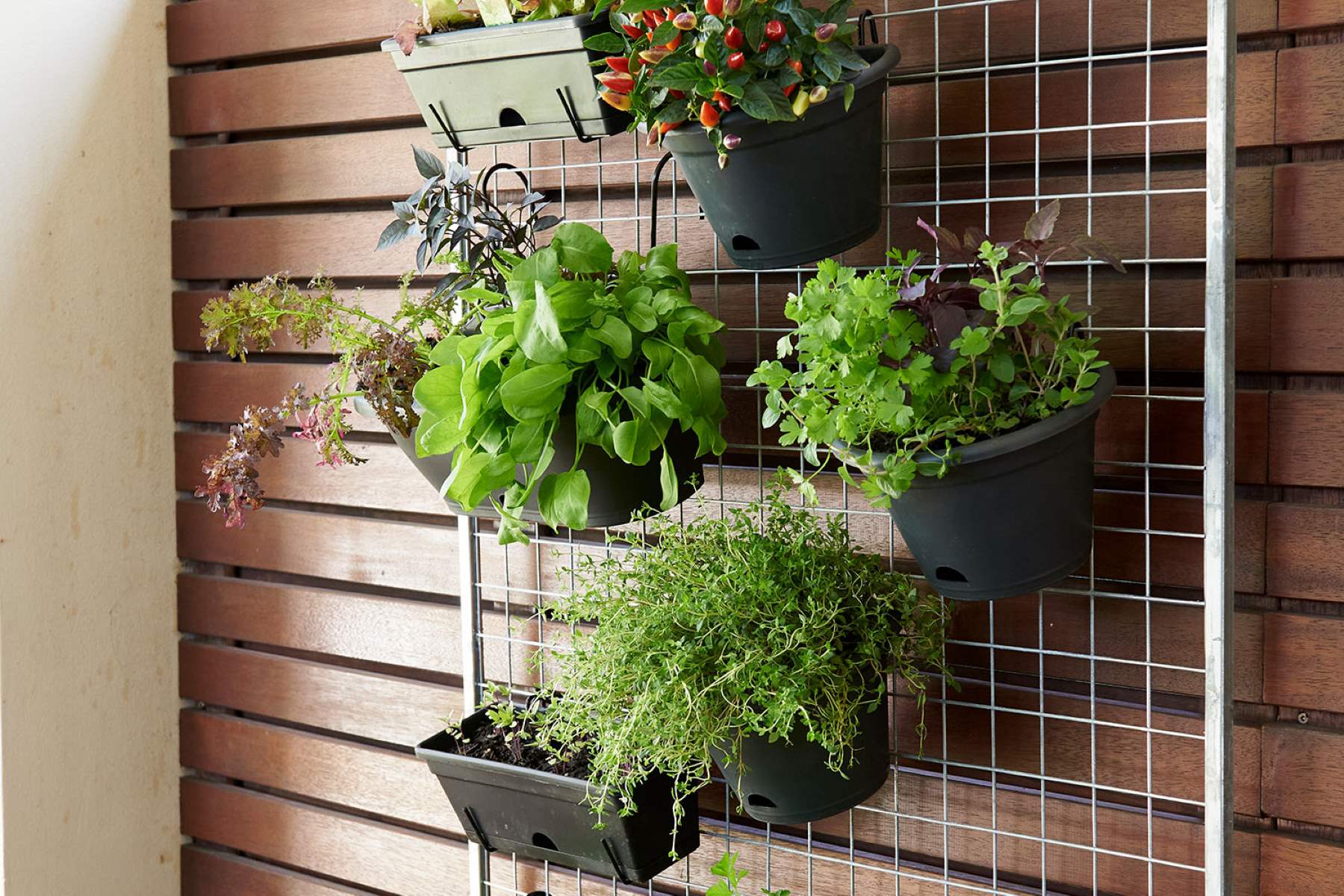
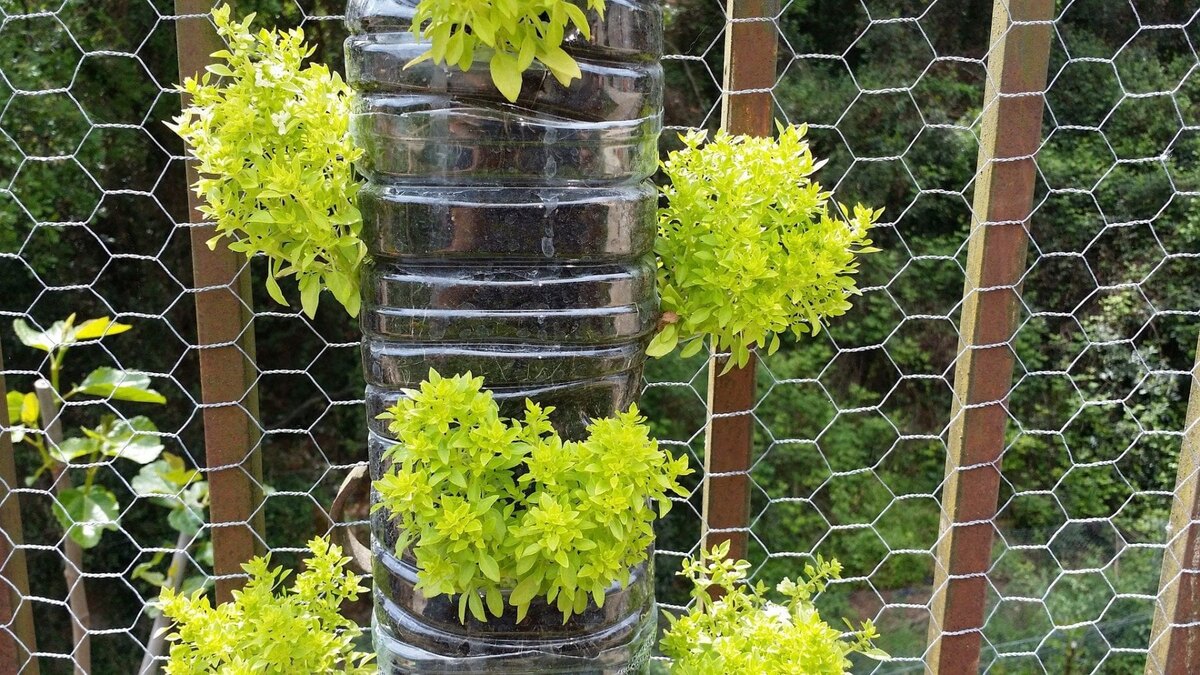


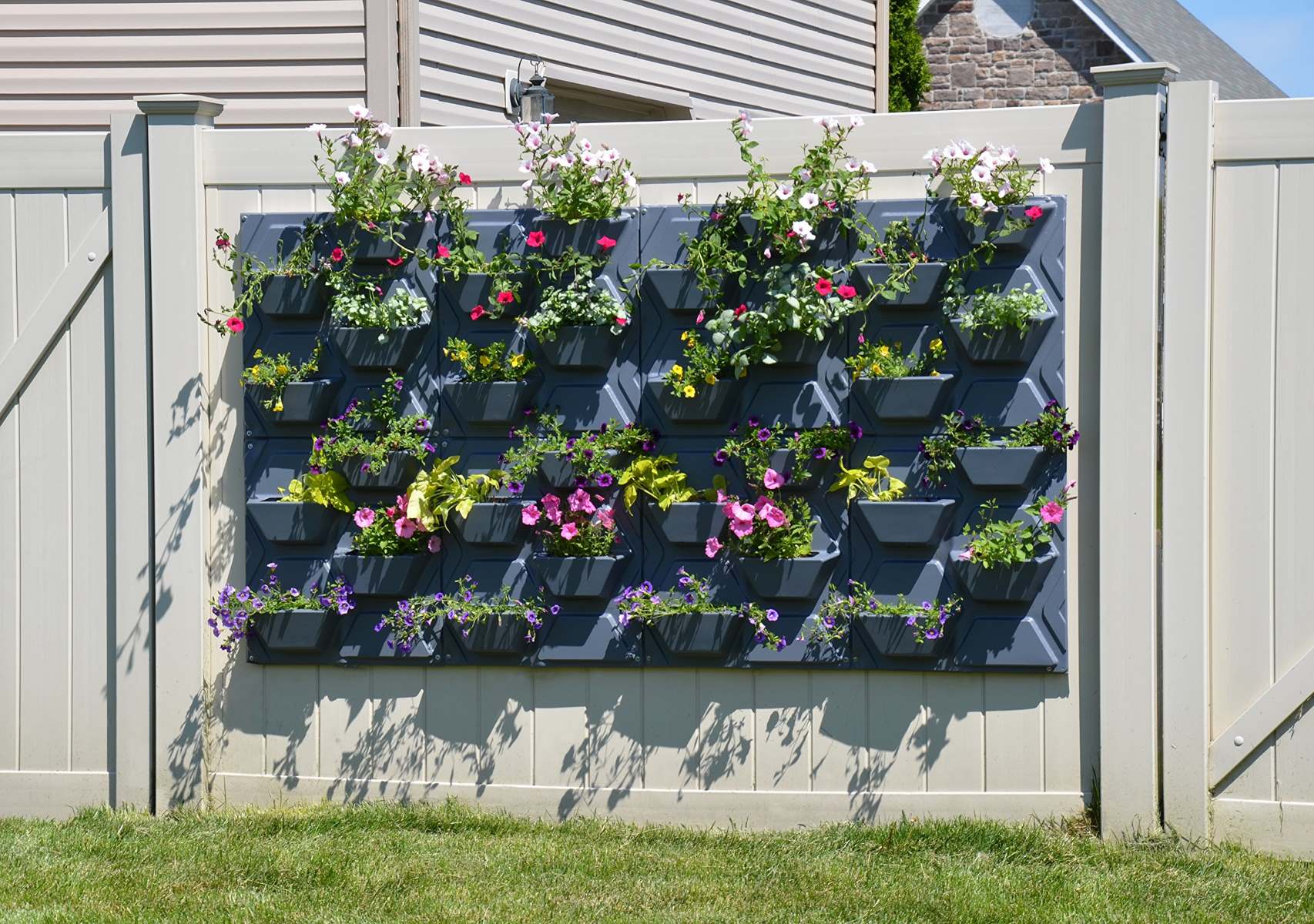
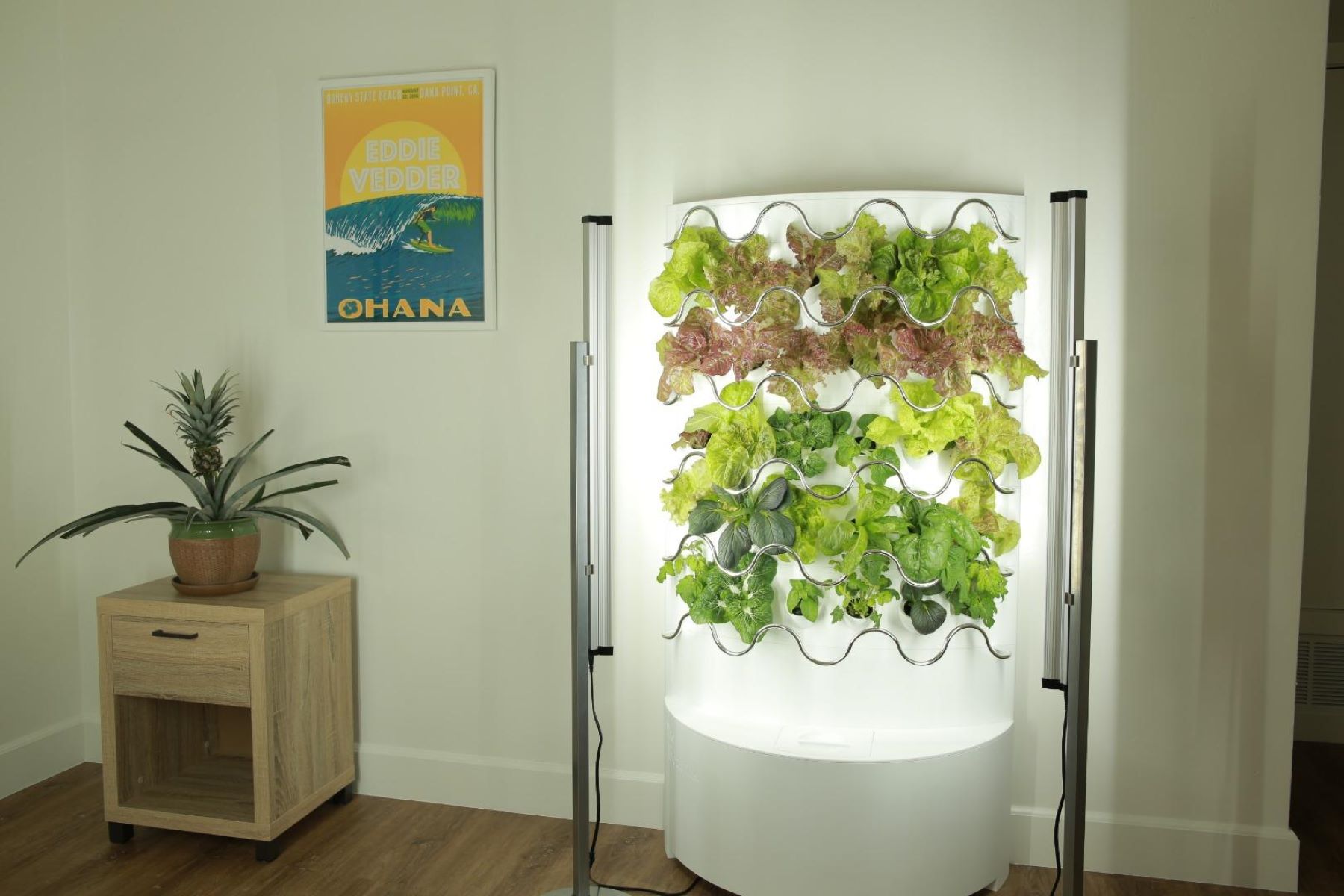
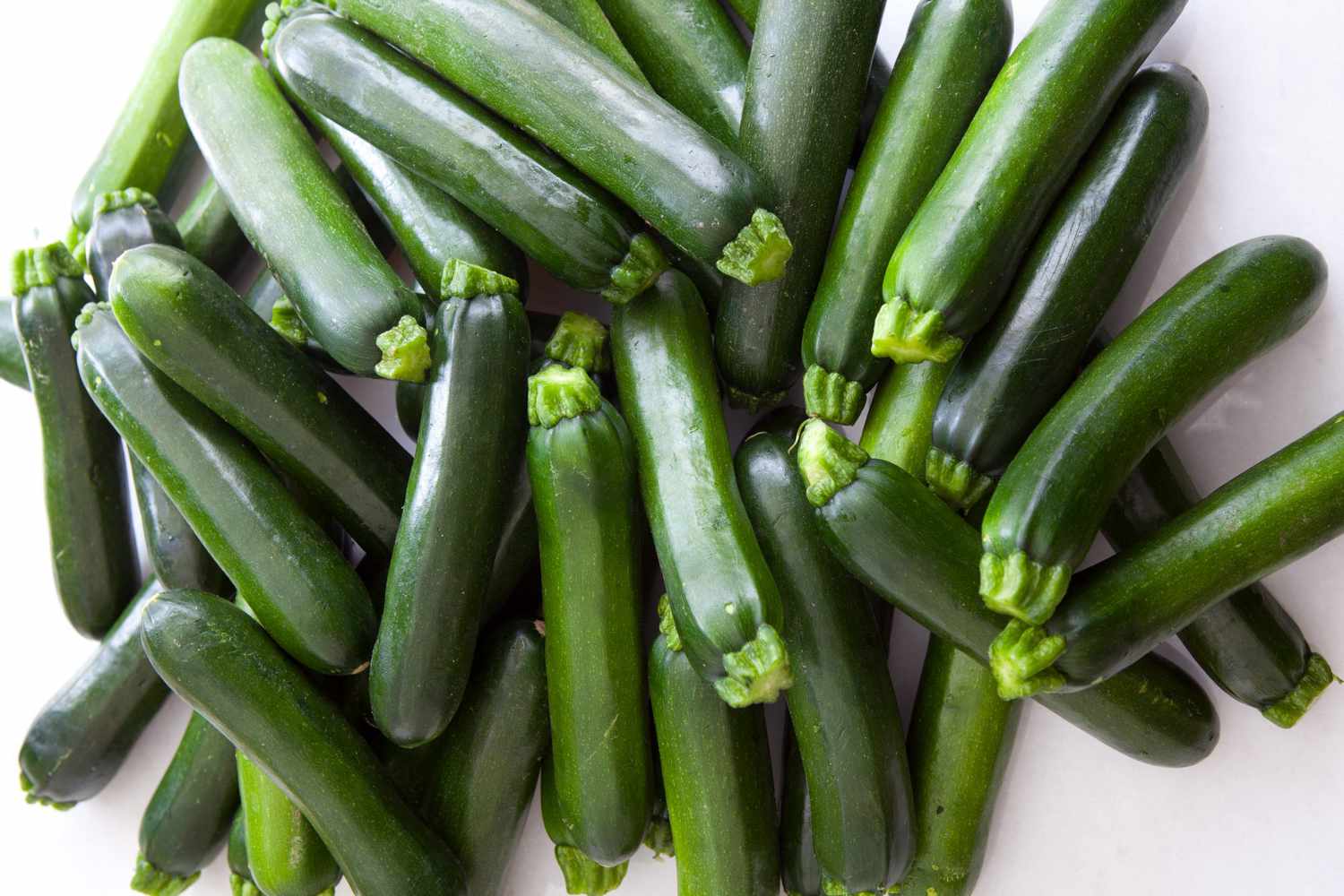
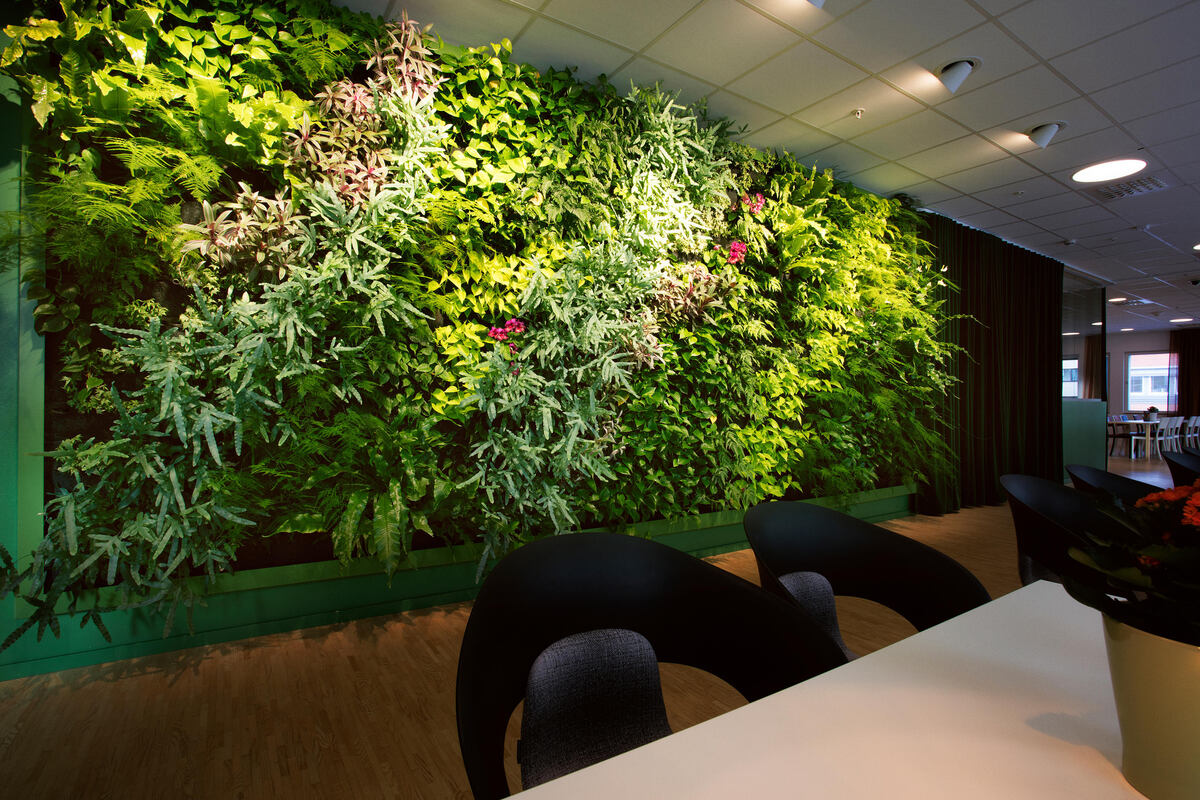
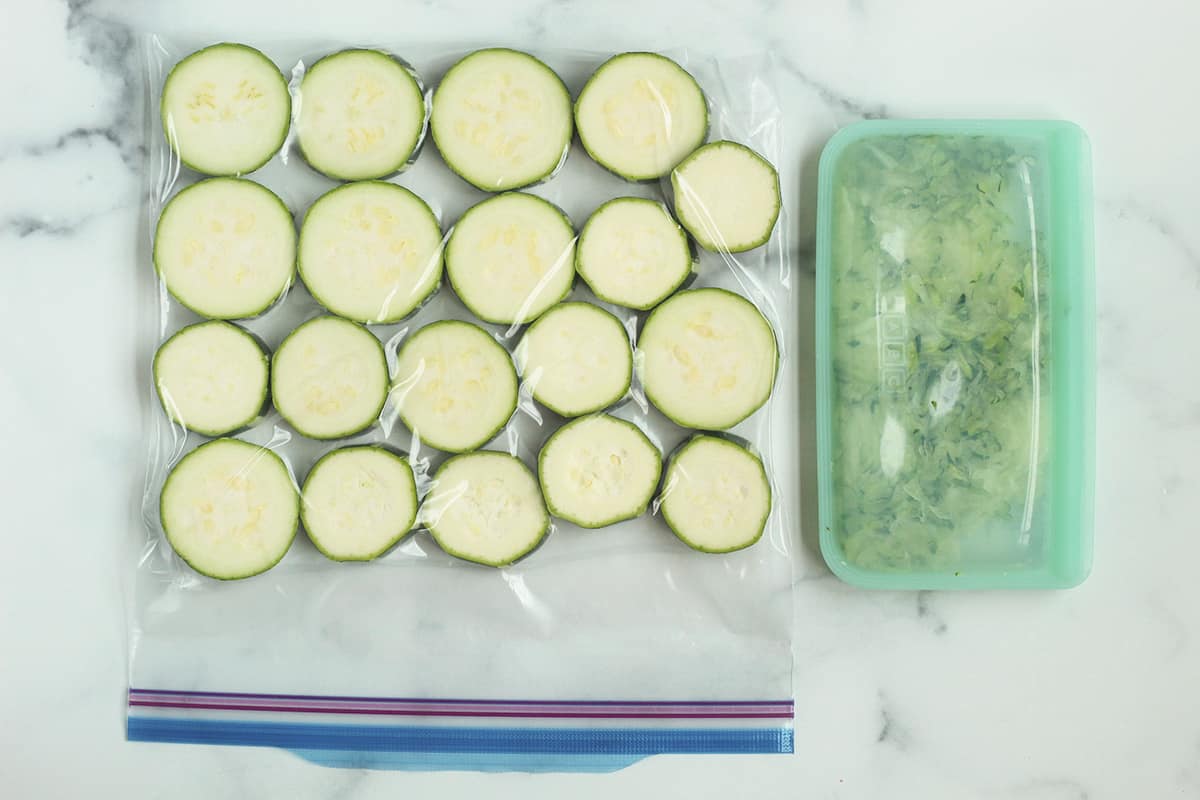
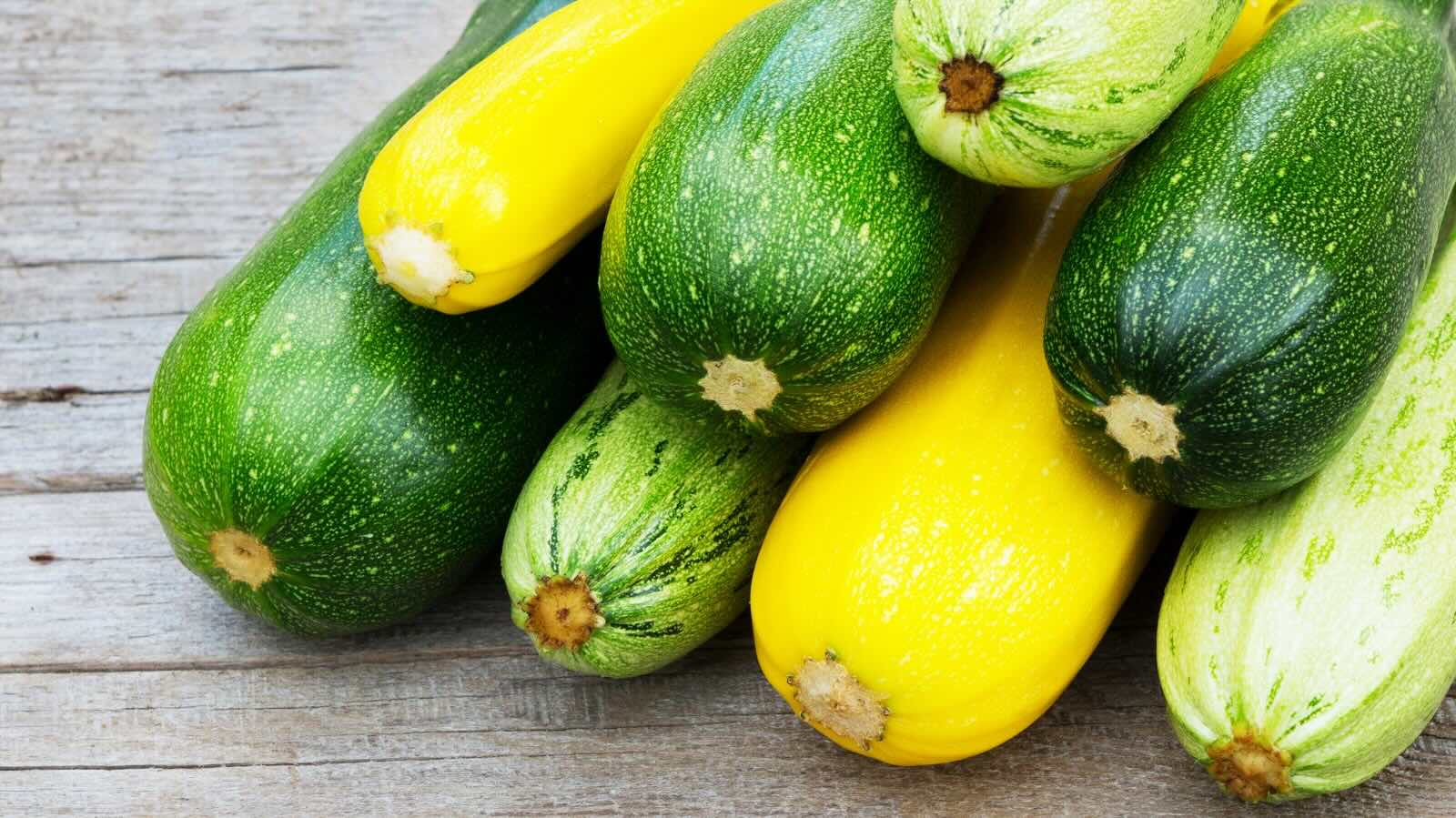
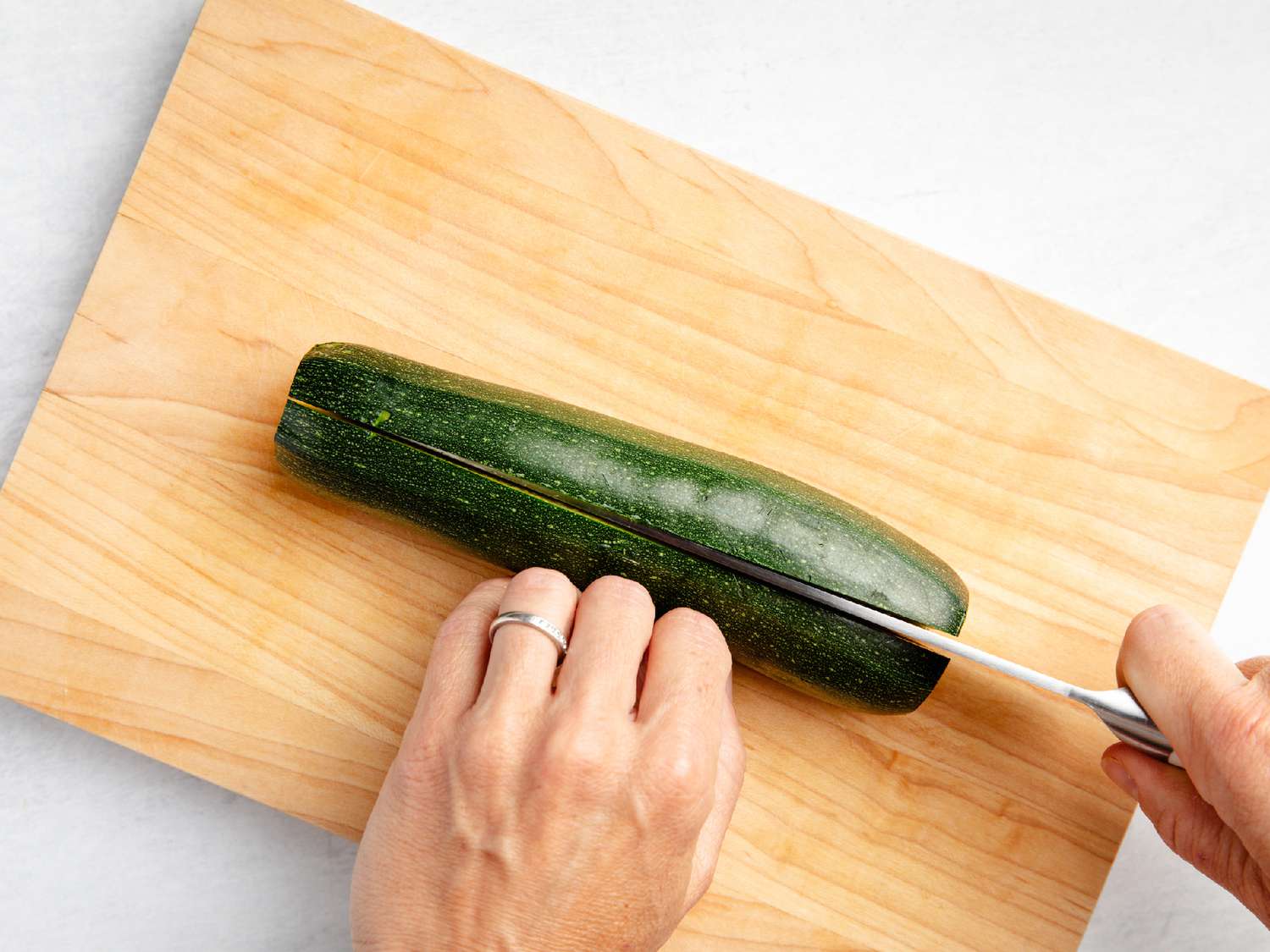
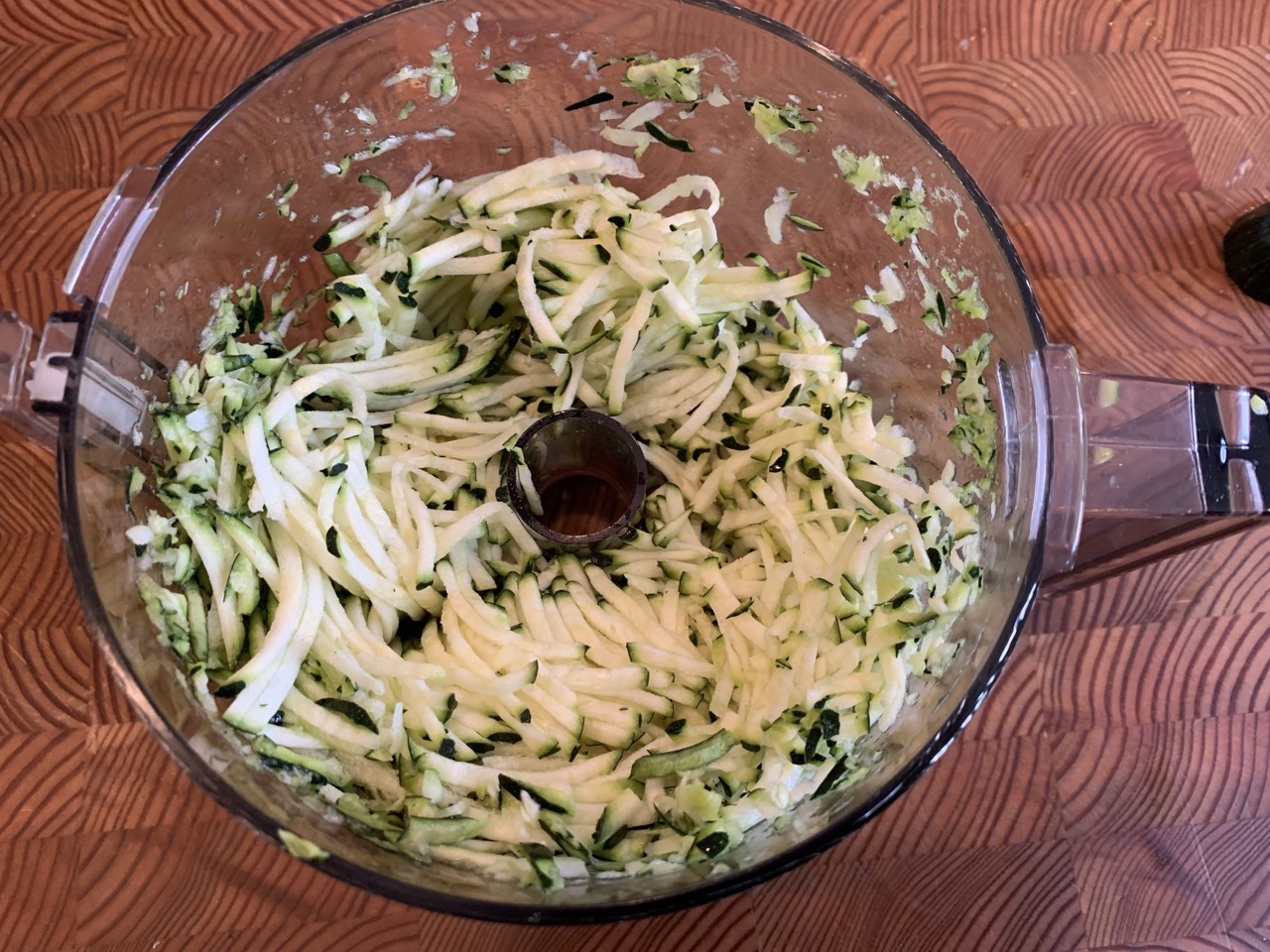
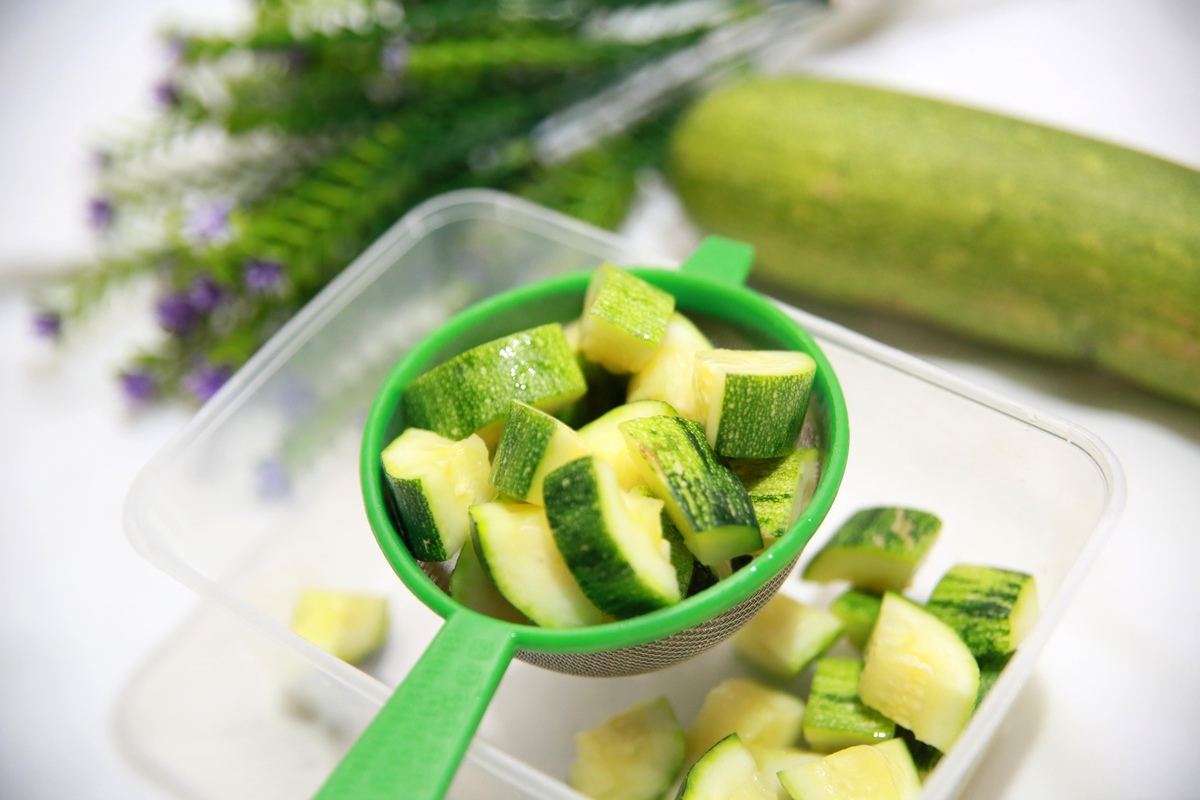

0 thoughts on “How To Vertical Garden Zucchini”